Kinetic San Francisco by Scott Weaver: 35 Years & 100,000 Toothpicks |  |
| Kinetic San Francisco by Scott Weaver: 35 Years & 100,000 Toothpicks Posted: 03 May 2011 06:05 AM PDT
Scott Weaver has spent the last 35 years (on and off) on his ‘Rolling Through the Bay’ masterpiece. A kinetic art sculpture of the beautiful city of San Francisco. Using more than 100,000 toothpicks, Scott meticulously recreates all of the famous landmarks and destinations. Why spend so much time on something some deem trivial? Because it’s art, it’s his passion and that’s all that matters. Enjoy!
2.
3.
4.
5.
ROLLING THROUGH THE BAY BY SCOTT WEAVER The toothpicks vary depending on the intricacy of the particular building/section. They come from all over the world, given to Scott by friends and family. To really get an idea of the awesomeness of this sculpture, check out this guided tour of San Francisco by Scott himself!
6.
7.
8.
9.
10.
WHAT IS KINETIC ART?
11.
12.
13.
14.
15.
SCOTT WEAVER – ARTIST’S BIO My early structures were abstract and about 2 – 4 feet tall. I built one sculpture that had a ping-pong ball roll through it. In 1974 I started a new sculpture and added the Golden Gate Bridge and Lombard Street, that also had a ping-pong ball roll through it. This is what started what is now Rolling Through the Bay. Over the years I have worked on Rolling Through the Bay, on-and-off, sometimes not working on it for years at-a-time, to do other projects and get married to my beautiful wife, Rochelle, and have a wonderful son, Tyler. I love working with toothpicks and hope to do so for years to come. [Source: Rollingthroughthebay.com]
16.
17.
18.
19.
20.
If you enjoyed this post, the Sifter highly recommends:
The Incredible ‘Screwed Up’ Sculptures of Andrew Myers
|
| Picture of the Day: ‘Crystal’ Ice Cave in Iceland Posted: 02 May 2011 02:00 PM PDT
‘CRYSTA’L ICE CAVE IN SKAFTAFELL, ICELAND
Photographer’s Description: Some of the magic beauty of glacier ice lies under its outer surface. One either needs to strip the surface layer or go underneath it to see its real beauty. The centuries old ice coming down the slopes of Öræfajökull via Svínafellsjökull glacier has had almost all of the air pressed out of the ice. Once air has been pressed out the ice turns into this magically blue crystal like ice. The outer surface of this ice (the surface of the glacier) gets bombarded by weather, sun-rays, dust and other things and it transforms the crystal blue ice white. Hidden under the white surface is the blue ice. This blue ice can be seen however under certain circumstances. It can be seen in winter after long periods of rain when the surface layer of the glacier has been washed away. It can be seen in ice-caves like this one (unsafe in summer) and on floating icebergs that have recently rolled over. This ice cave is on the edge of the glacier where it enters into a lagoon. It is only possible to access it when the lagoon is frozen. Ice caves are in general unstable things and can collapse at any time. They are however much more stable in winter when the cold temperatures harden the ice. Even so we could hear constant cracking sounds inside the cave. It was not because it was going to collapse but because the cave was moving along with the glacier itself. Each time the glacier moved a millimeter loud sounds could be heard.
|
| You are subscribed to email updates from TwistedSifter To stop receiving these emails, you may unsubscribe now. | Email delivery powered by Google |
| Google Inc., 20 West Kinzie, Chicago IL USA 60610 | |

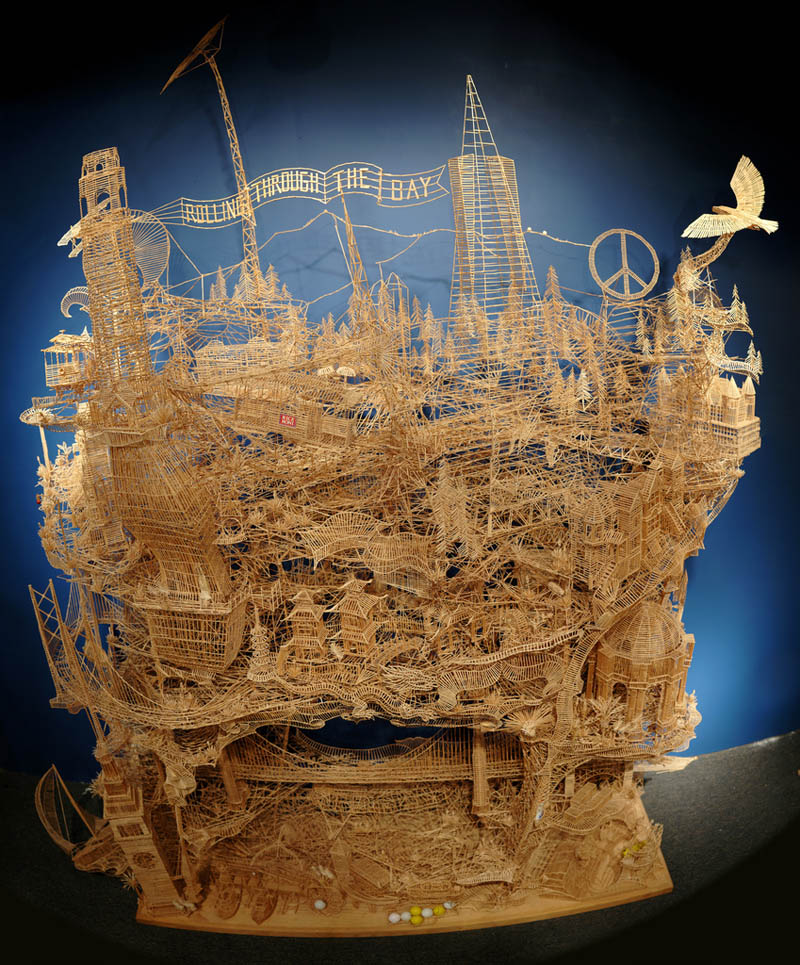
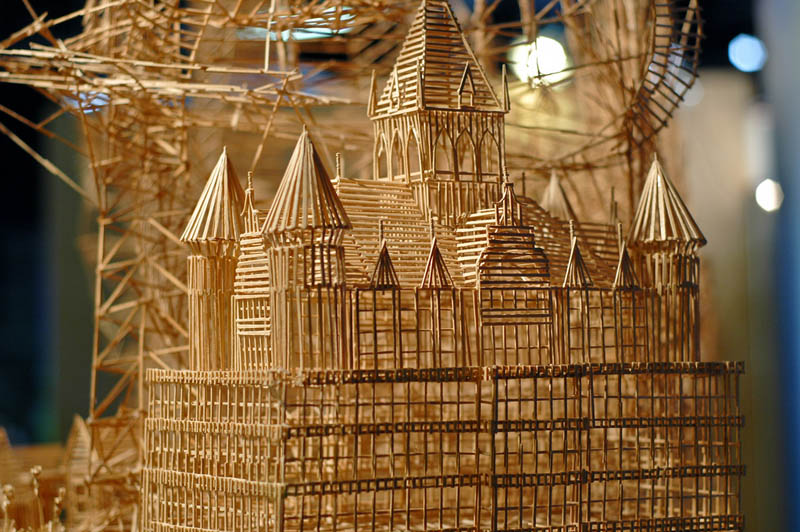
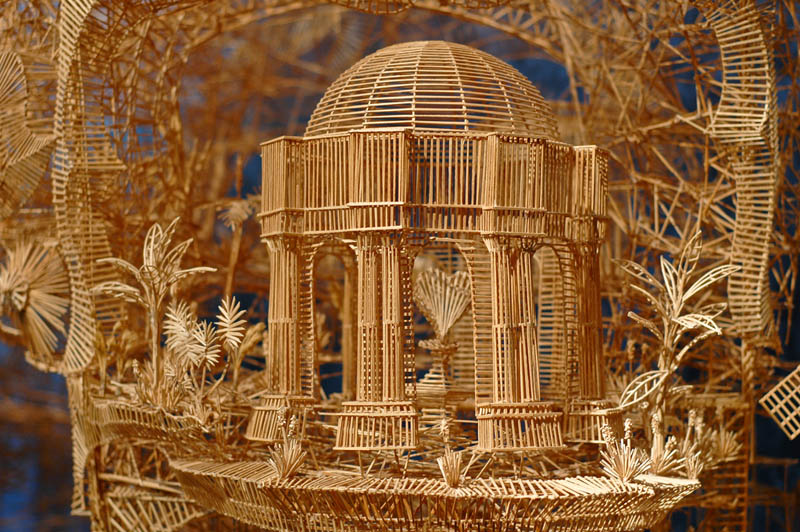
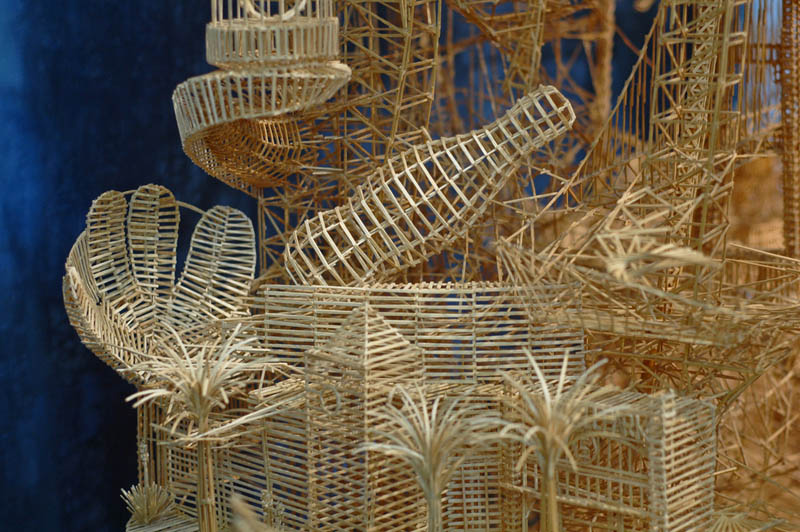
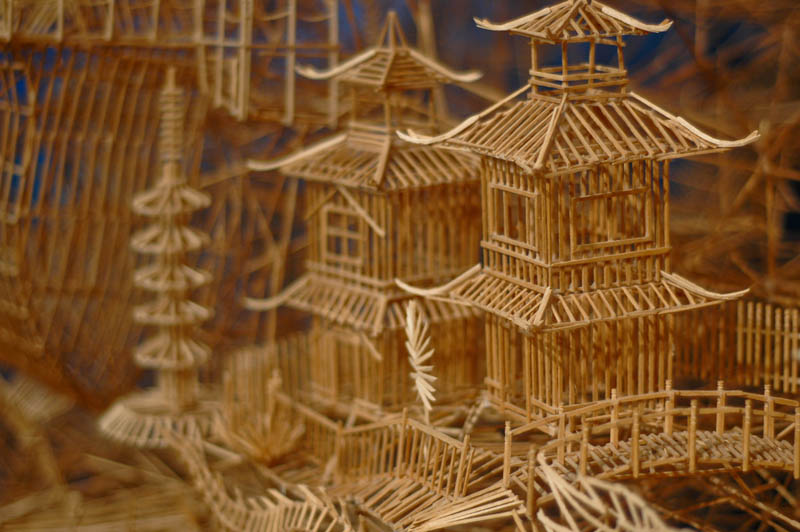
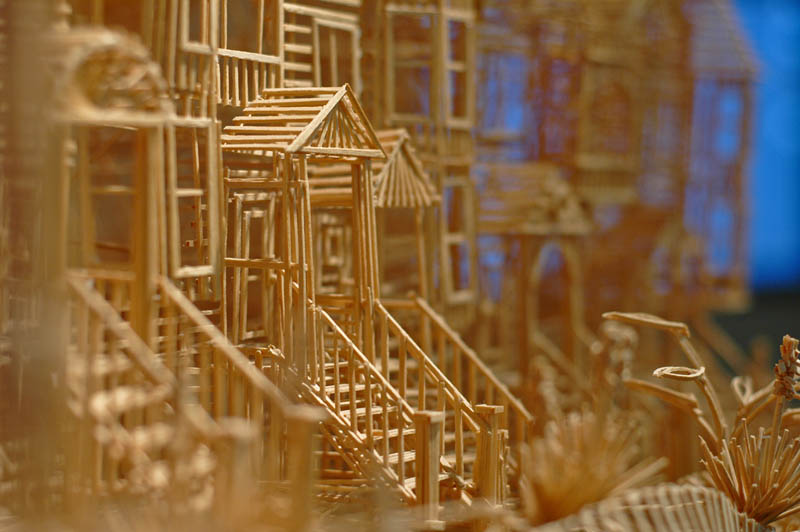
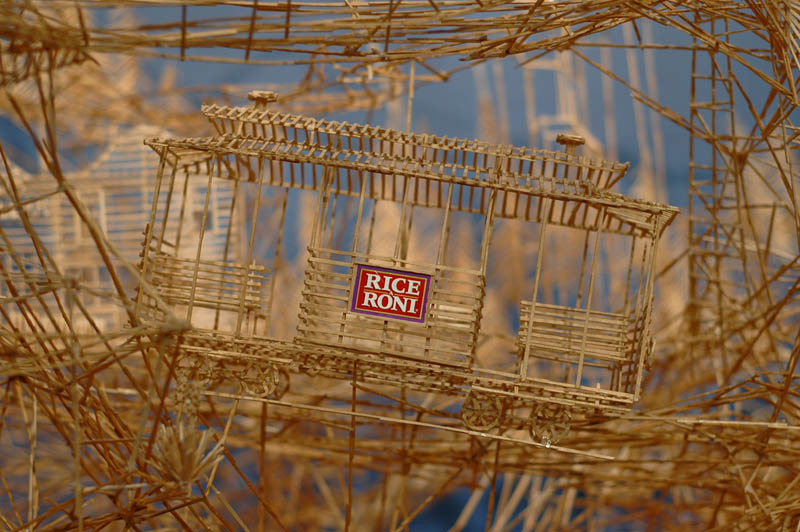
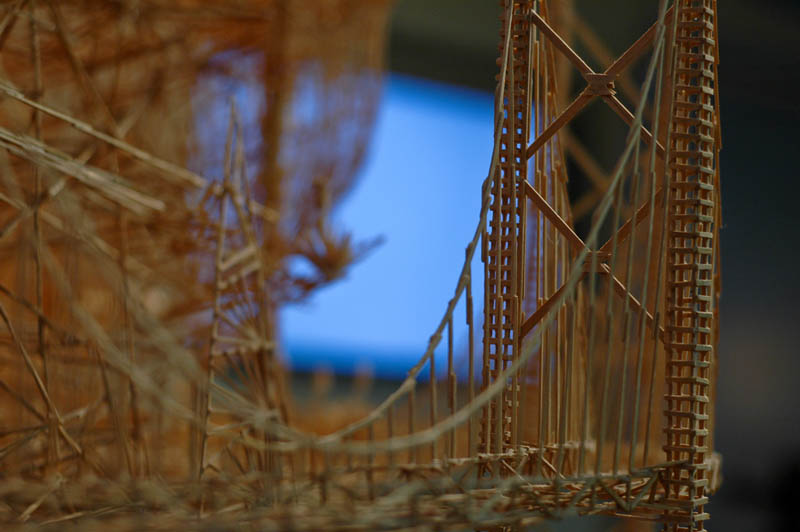
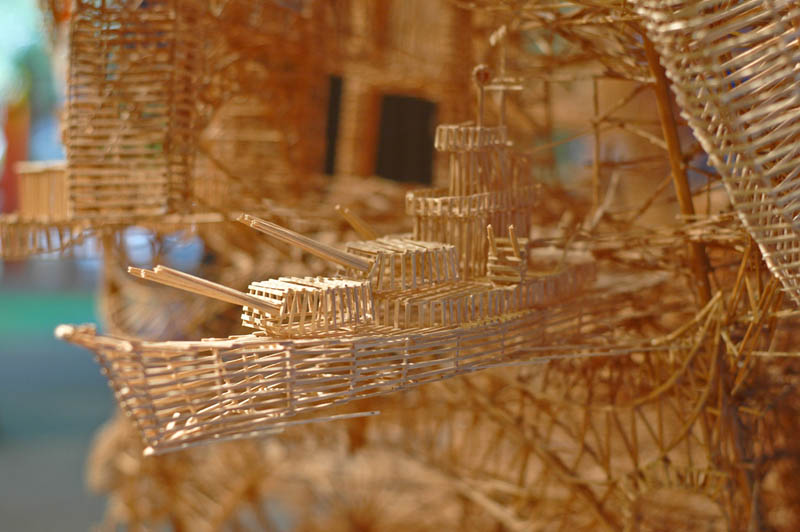
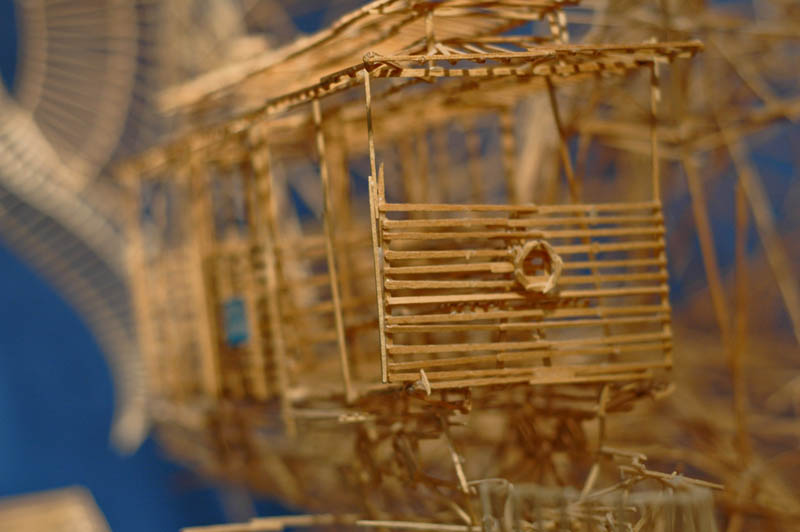
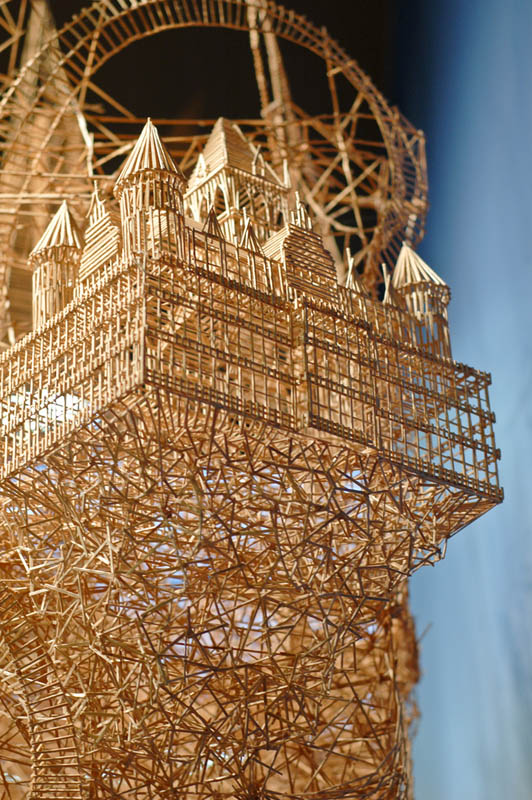
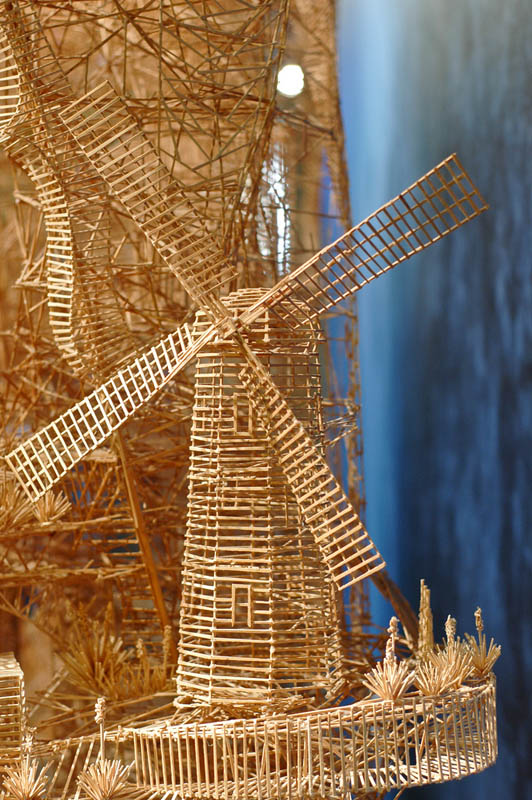
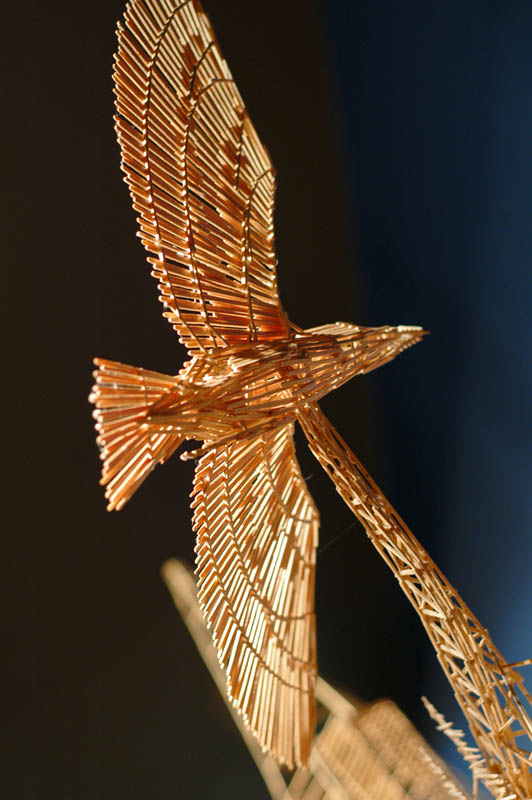
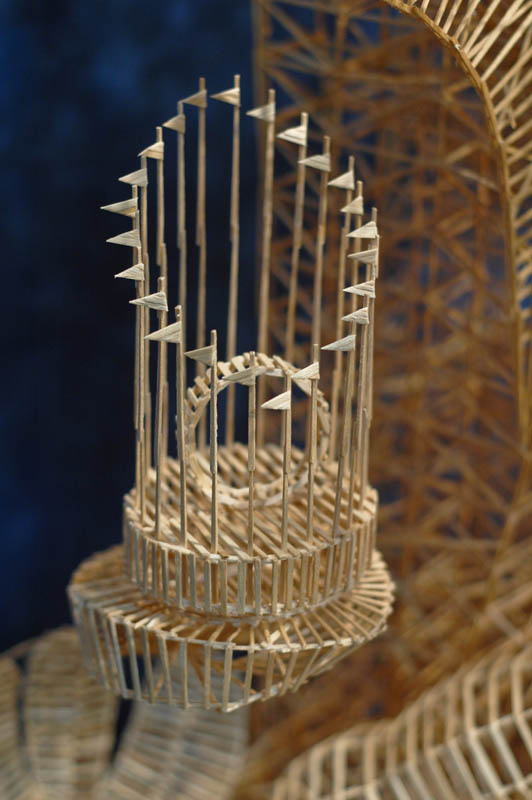
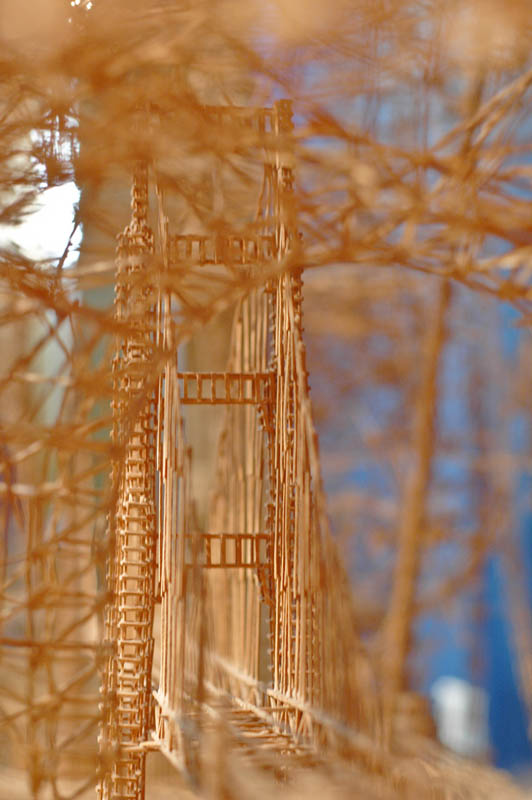
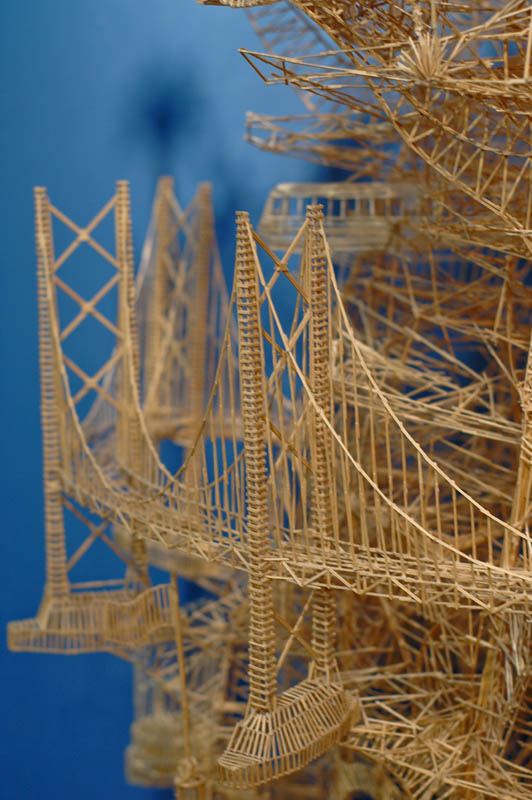
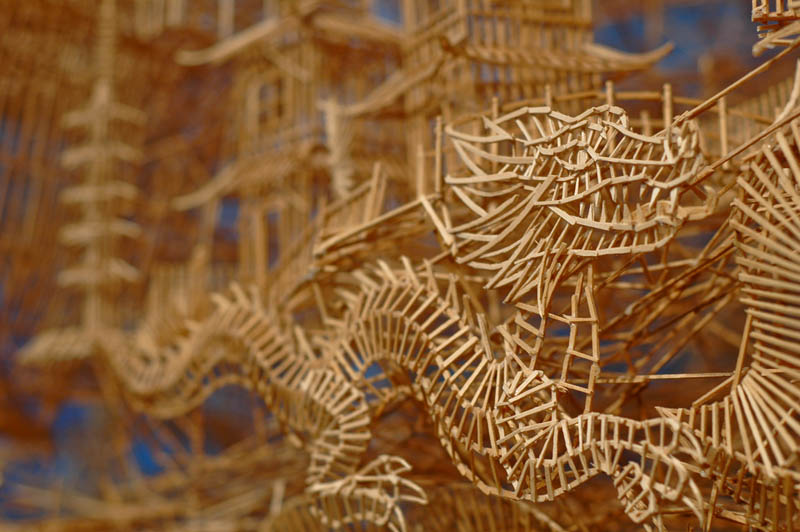
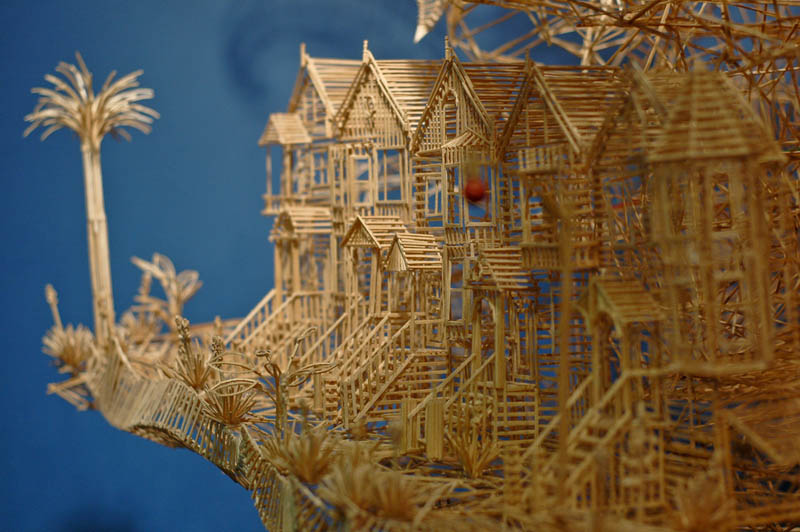
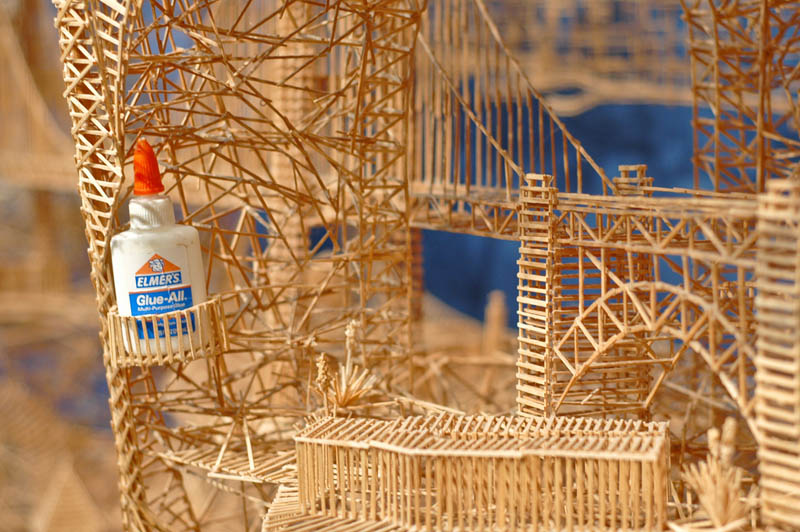
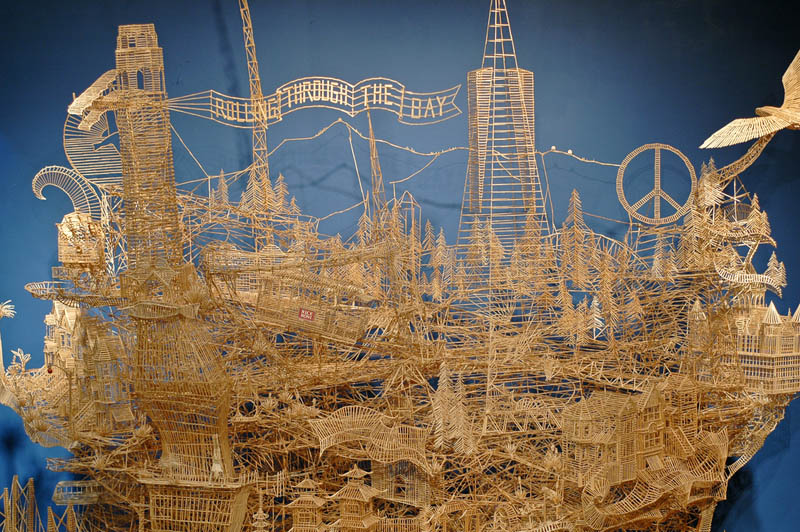
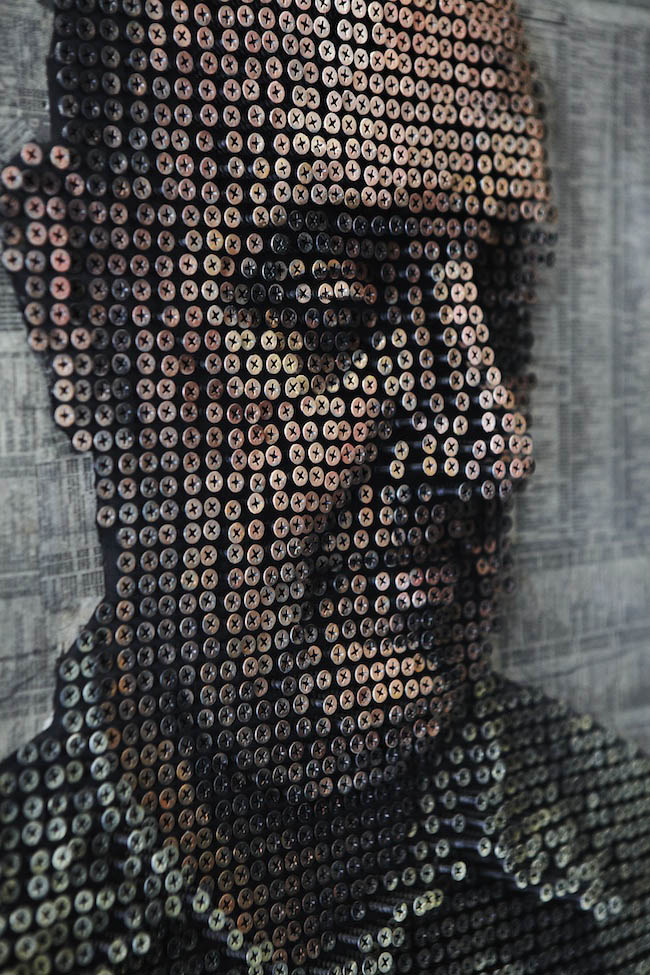
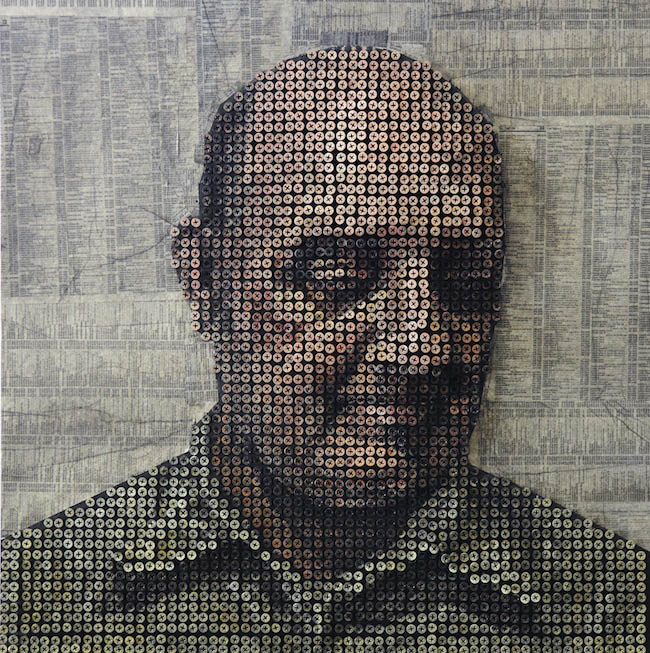

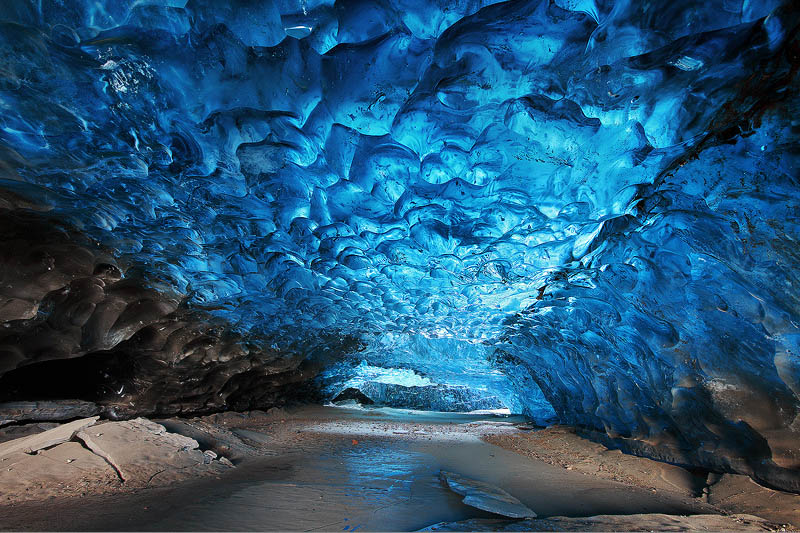

هیچ نظری موجود نیست:
ارسال یک نظر
توجه:فقط اعضای این وبلاگ میتوانند نظر خود را ارسال کنند.